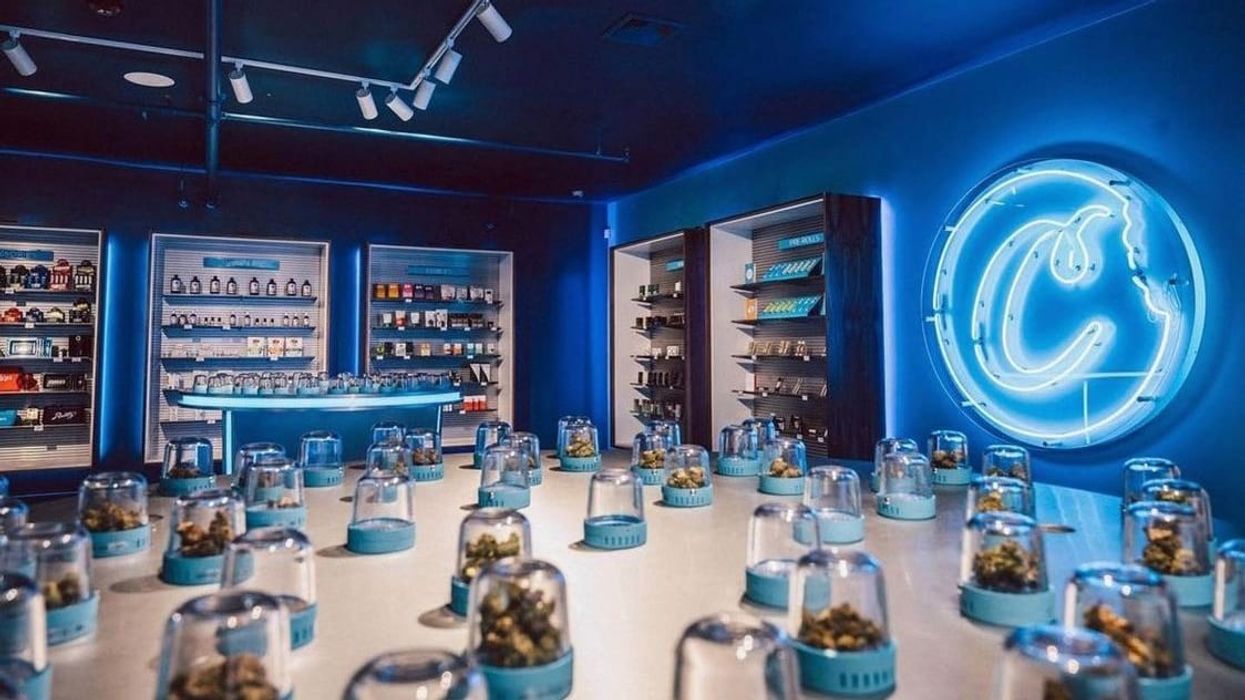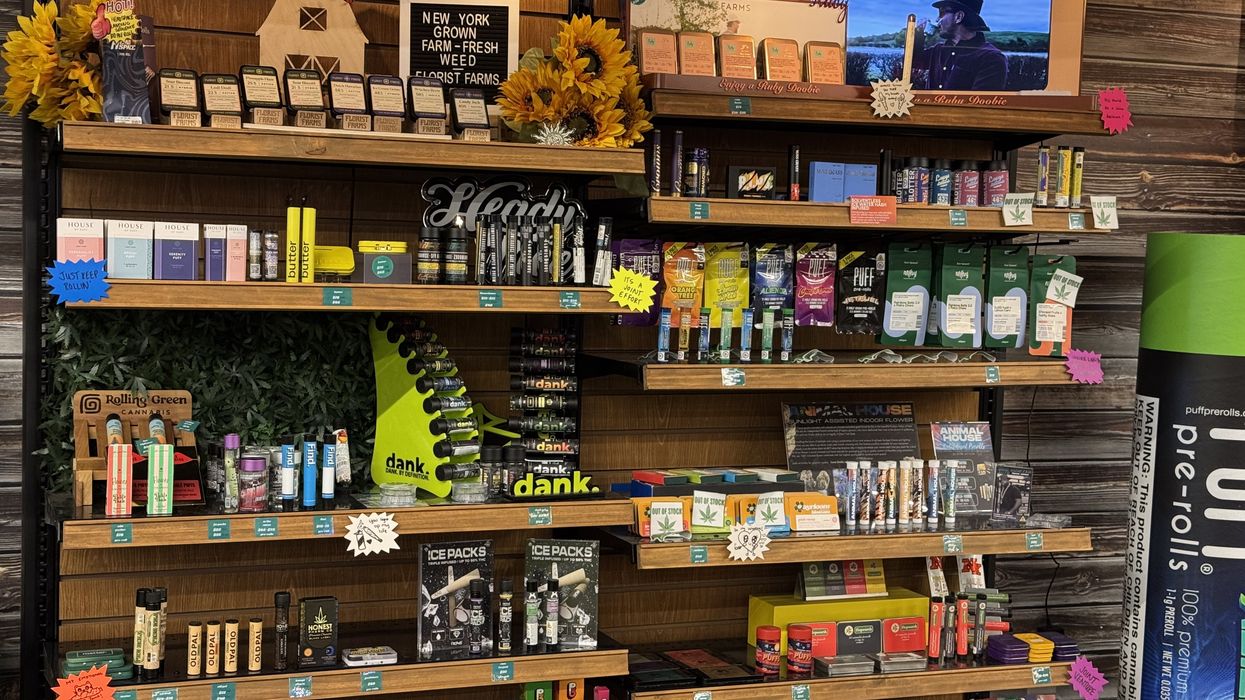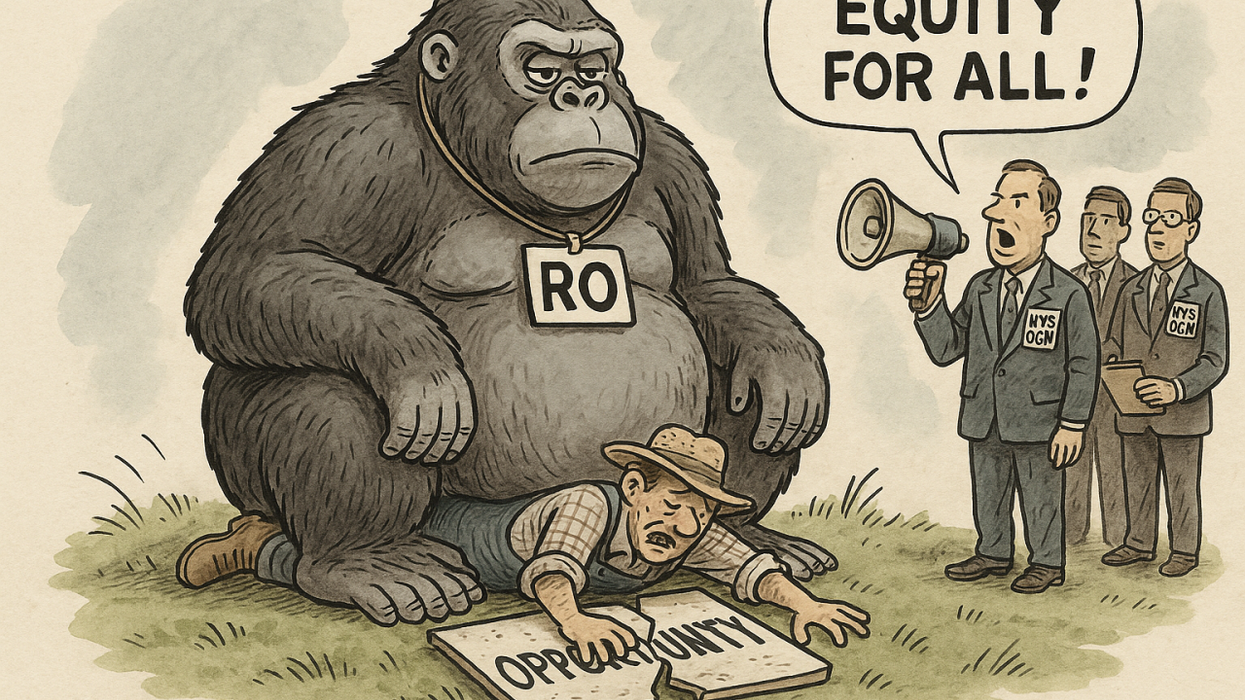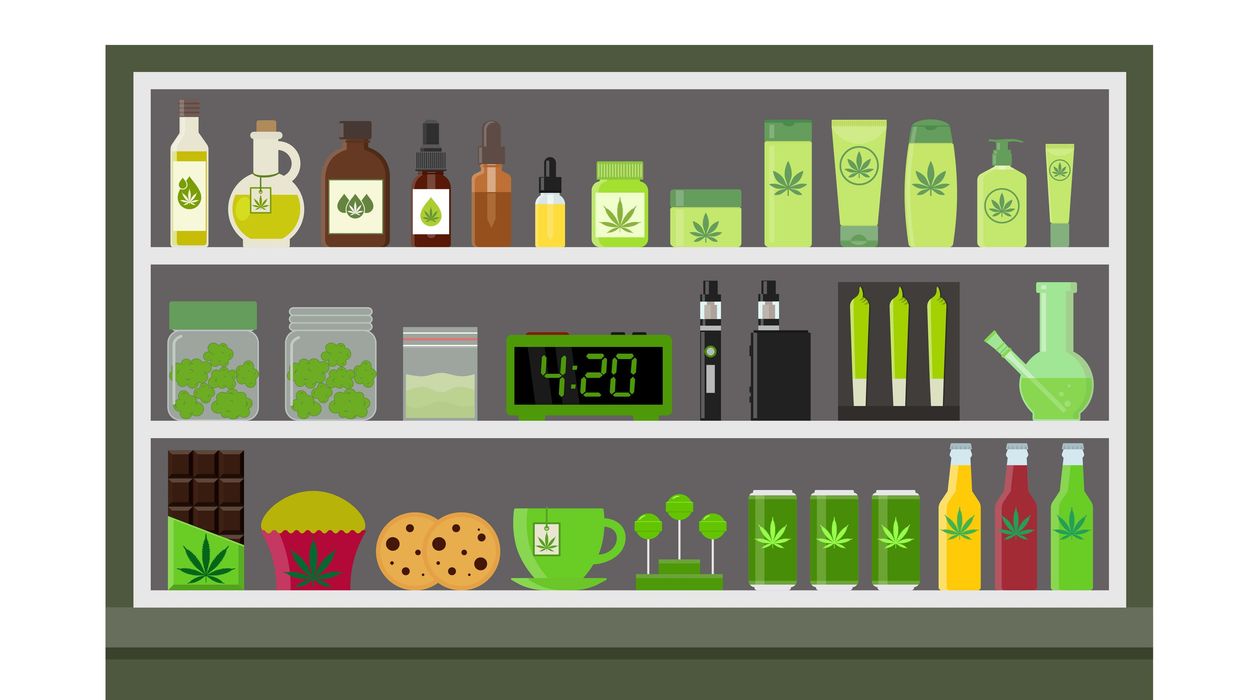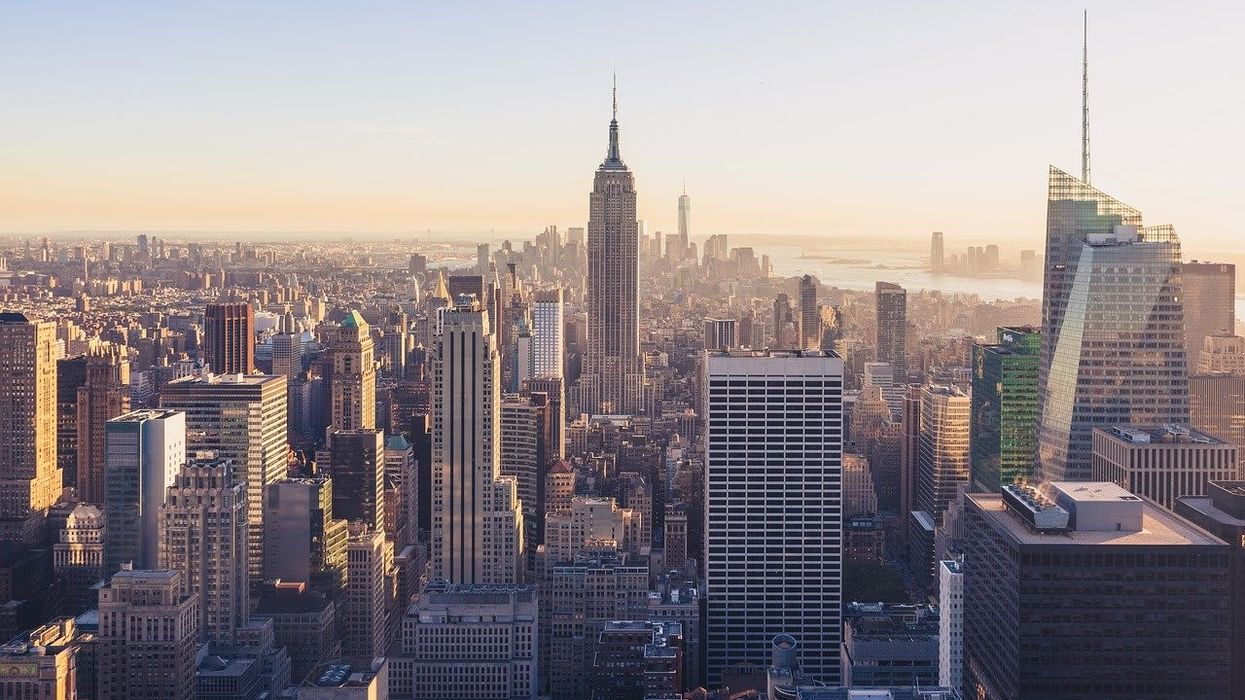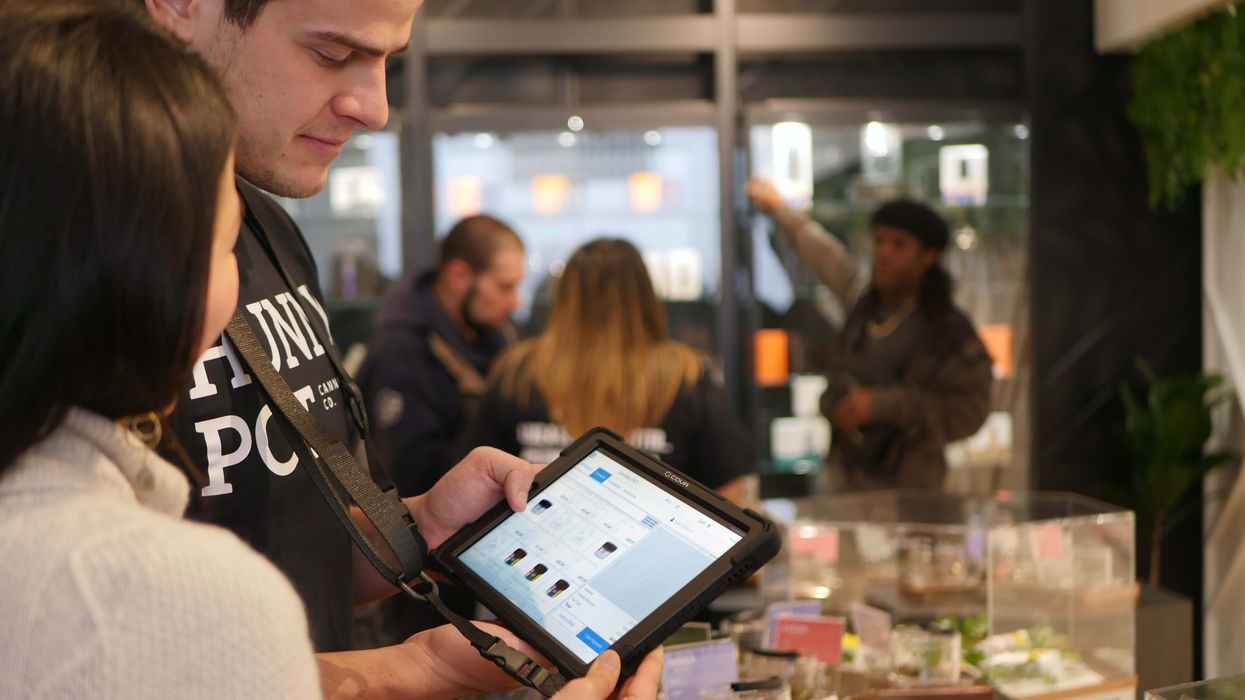As a dispensary owner, what do you want a potential customer to experience when they walk into your shop and why? Or perhaps more importantly: do you want that person to keep coming back?
Design firm Temeka Group has helped create winning environments for big names like Uber, REEF, and the LA Lakers, and they’ve also brought their world-class designs to the cannabis retail space.
Today’s legal cannabis market calls for strong brand identity, a more intimate connection between retailer and consumer, and bespoke brand designs that accurately reflect that.
Temeka Group helps cannabis brands achieve these goals, an overall industry need that has become more significant than ever before.
Retail Experts Are Making Their Way Into The Cannabis Industry
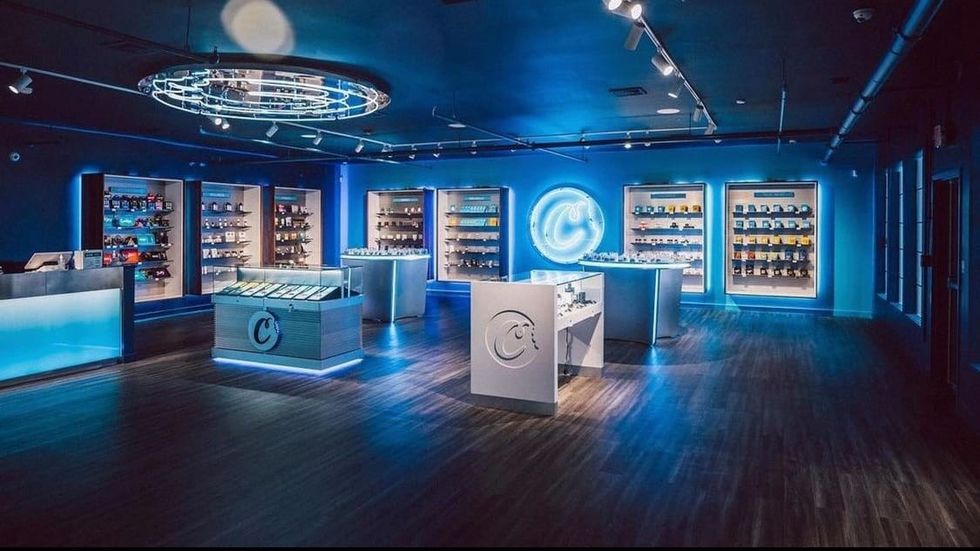
Temeka Group got their start in cannabis about 3-4 years ago, when they began designing and fabricating dispensary interiors for clients. Naturally, when the company was formed in the early 1990s, CEO Mike Wilson had no idea it would eventually work its way into weed.
“Mike Wilson started Temeka Group as a signage company in the Inland Empire of Southern California,” Daniel Yi, Chief Communications Officer at Temeka Group, told The Bluntness. “Literally anything from street signage to a ‘Welcome to Temecula’ sign. Those were his humble beginnings, which eventually evolved into retail interiors.”
In this initial stage, Temeka Group’s clients were about as SoCal as it gets: surfer and skater brands like Ripcurl, Vans, and Quiksilver. The company handled interior design and signage within the retail locations, eventually expanding to include clients across a variety of industries, like cannabis.
One of Temeka Group’s first forays into the cannabis industry was the STIIIZY store in Downtown Los Angeles, which they helped create to great consumer satisfaction.
Since then, Temeka Group has solidified their role in the cannabis industry, taking on clients like Mr. Nice Guy, MedCareFarms, and the widely-recognized lifestyle brand Cookies.
The group aims to shape customer experiences unique to each brand in order to achieve outstanding results and success.
The Brick-and-Mortar Experience in Cannabis Must Not Be Overlooked
In a world increasingly reliant on online delivery services, retail interior design might not feel like a huge priority to the average company. But with cannabis still being federally illegal – and questionably accessible, depending on where you reside – retail locations remain highly frequented and in demand.
Make no mistake: customers will prefer the dispensary that offers a great experience.
“Because it’s regulated, and you can’t order cannabis on Amazon yet, you usually have to go to a store,” Yi said. “So, you want to give your customers that special experience that makes them want to come back.”
While cannabis delivery services are becoming increasingly available, they’re not always an option.
Yi suggested one of the most important reasons for having a good storefront that consumers connect with is the nascent stature of the industry.
“It’s still a wide open game in terms of brands. There’s no Walmart or Nordstrom of cannabis yet. But there will be,” he said.
While Walmart tends to be a far cry from the type of price tags and product quality you’d find at Nordstrom, Yi believes the cannabis industry needs both ends of this spectrum, just like any other retail sector.
“Brands like STIIIZY understand their customers, so they design their store with that customer in mind.”
Yi compares these mega brands’ approach to their retail locations to stores like Trader Joe’s.
“The idea of impulse buy: putting cheaper items at the cash register that might be a last-minute purchase, just like Trader Joe’s putting out their delicious mints and chocolates as I’m walking out the door, saying, ‘Hey, I know you came in for milk, but how about a little treat for yourself?’” Yi told The Bluntness.
“You put that at the cash register; you don’t put that at the back of the store. Bigger operators like STIIIZY, Cookies, MedMen – they have professionals who understand how retail operations work, and are instituting that into the stores.”
Yi added that not paying attention to customer flow is one of the biggest mistakes a cannabis retailer – or any retailer, for that matter – can make. If there’s no rhyme or reason to shelf displays, product location, or product priority, the location isn’t likely to see much success.
Cannabis Retail: Know Your Customer
In the old days of cannabis, consumers who walked into a dispensary were somewhat expected to know exactly what they were looking for before arriving.
Today, many people, especially those without any cannabis experience, stroll into dispensaries waiting to be told what they want. The legal market has opened the plant up to anyone and everyone, and retailers have to meet these demands if they want to leave an impression.
“If you want to maximize sales, you have to think about the entire process of how the customer might come into your space. How can I display items on screens above the budtenders? How can I promote different products? That thought process is what’s lacking in the average cannabis retailer, but I think we’re quickly getting there,” Yi said.
“All it takes is for one store operator to see another store and wonder, ‘Why are these guys killing it?’ Then, they discover their successes and they mimic it. Mimicking helps everyone get on the same page, but it also leads to standard practices in the industry.”
While Yi believes retailers are getting there, this thought process and approach to sales remains in the minority. However, influence from major states like California, Colorado, and most recently New York and New Jersey, may speed along the process.
In order to keep up with the evolving industry, cannabis retailers must consider all of these elements to reap success: customer experience, needs, and, of course, creativity.
“The retail experience can take all shapes and forms, but you have to keep that experience at the top of mind,” Yi said. “How do I entice people to come into this physical space with more than just the offering of products on the shelves?”
As Cannabis Continues to Destigmatize, Retailers Must Stay Prepared
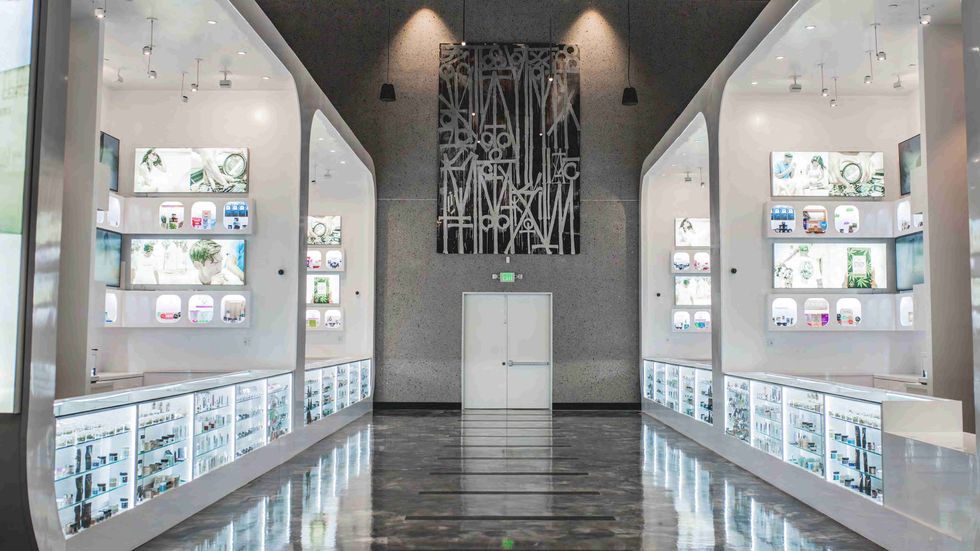
As cannabis continues to legalize and destigmatize, brands are becoming more comfortable with coming out of the shadows and marketing themselves in a way that allows them to really connect with their target audience.
However, cannabis isn’t your average retail sector, and the rules that apply to most retailers don’t necessarily apply to someone working with weed.
The stigma has certainly diminished, even more so over the past few months, but there are still quite a few hoops for cannabis retailers to jump through.
Yi thinks back to 2019, when adult-use cannabis had just become fully legal in California and people were quitting their jobs across all sectors to jump on the green bandwagon and contribute to this new, growing space.
“I think that correlates to the general American public. Every poll you look at, in terms of Americans accepting cannabis, just keeps growing,” Yi said. “The stigma is waning, and we’ve come a lot farther than we were four or five years ago, but pot definitely isn’t completely mainstream.”
This distinction is important for retailers to consider, especially when marketing their products to consumers.
“You can’t go out there and act as if it’s completely normal. It’s not like you’re opening a BevMo. People might have a problem with liquor, but alcohol is not so controversial that people will go out and picket a BevMo opening in their neighborhood,” Yi said.
While alcohol is widely tolerated (if not entirely accepted) by people regardless of their personal preference, cannabis still has a ways to go – especially in communities with very limited access to cannabis (or none at all).
“When you’re applying for a cannabis permit, you have to make a presentation. You have to make cannabis ‘acceptable’ to the community. So how do you do that?” Yi noted. “You make the retail locations look as ‘normal,’ as mainstream, as possible. And that means building beautiful stores.”
Another thing for cannabis retailers to consider is that the industry is still operating in piecemeal fashion. While other industries defer to federal regulation, and then state-by-state, cannabis is the exact opposite.
While California may have one approach to the cannabis industry, these regulations will vary greatly from the Golden State to regions like New Jersey, Florida, or Illinois.
Because of this, any cannabis retailers operating across multiple states will have a much harder time creating that “national brand.”
“Federal illegality poses a challenge, because there’s no national standard for regulations. But in spite of that, brands like Cookies have gone national,” Yi said.
“So I think it poses challenges, but the brands that are able to navigate those challenges will be seen as household brand names 10-20 years from now.”
Need a little more Bluntness in your life? Sign Up for our newsletter to stay in the loop.
